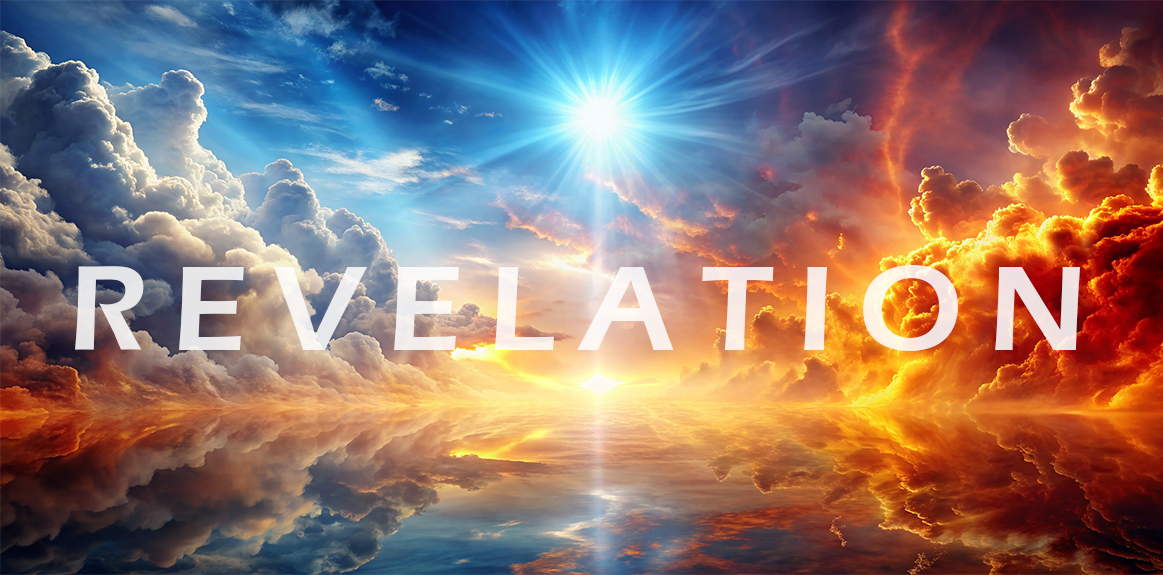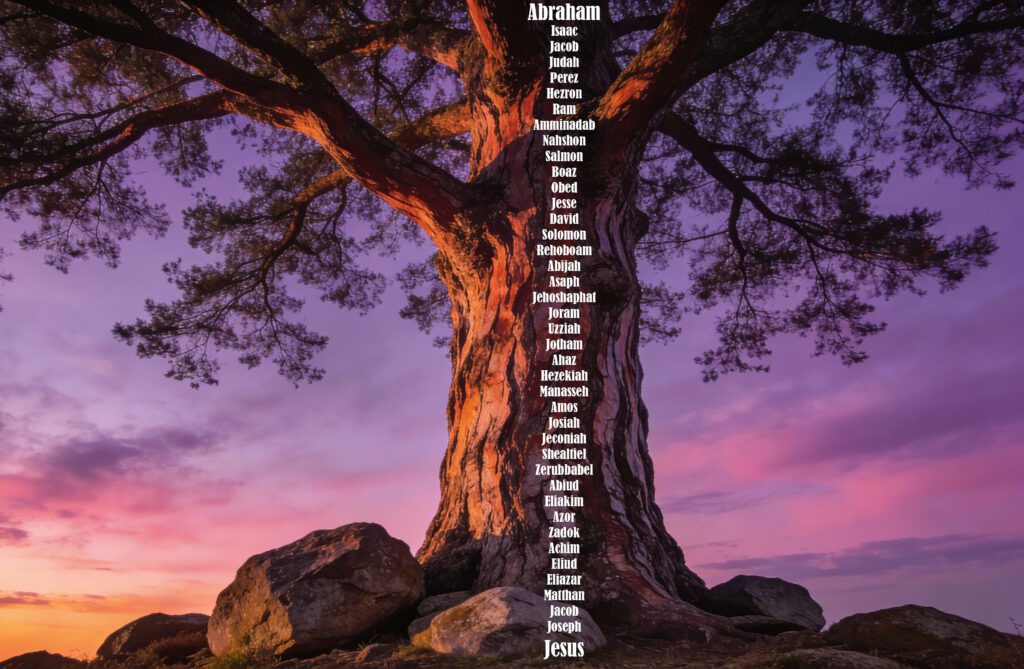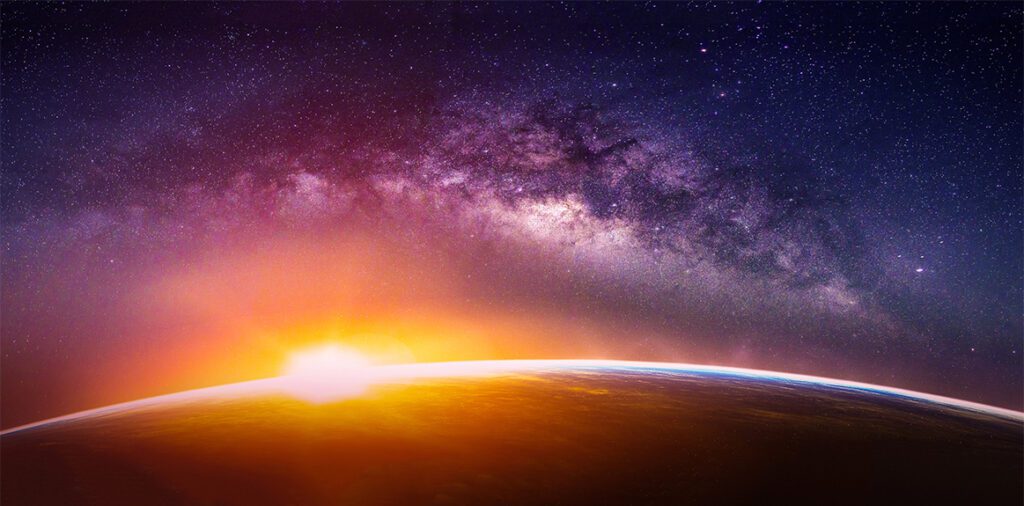In the previous blog, we were introduced to the vision of the throne of God, which John sees immediately after the Son of Man sends his seven letters to the churches. Revelation Chapter 4 is clearly a vision of the Father, the God of Creation, embodied in the four living creatures (Revelation 4:6-8). This aspect of the vision clearly portrays God as Creator and is drawn from the opening chapter of Ezekiel. Who are these four living creatures? They appear around the throne scene of Isaiah chapter 6. There they are called seraphim and are glorious angelic beings, associated with guarding the holy things of God. You might say they are representative of creation. The elders and the living creatures represent God’s people and God’s world.
In Chapter 5, we saw that the Lamb alone was worthy to open the scroll and break its seals:
And between the throne and the four living creatures and among
the elders I saw a Lamb standing, as though it had been slain, with
seven horns and with seven eyes, which are the seven spirits of
God sent out into all the earth. And he went and took the scroll from
the right hand of him who was seated on the throne. And when he
had taken the scroll, the four living creatures and the twenty-four elders
fell down before the Lamb, each holding a harp, and golden bowls full
of incense, which are the prayers of the saints. And they sang a new
song, saying, “Worthy are you to take the scroll and to open its seals,
for you were slain, and by your blood you ransomed people for God
from every tribe and language and people and nation, and you have
made them a kingdom and priests to our God, and they shall reign
on the earth.
Then I looked, and I heard around the throne and the living creatures
and the elders the voice of many angels, numbering myriads of myriads
and thousands of thousands, saying with a loud voice, “Worthy is the
Lamb who was slain, to receive power and wealth and wisdom and
might and honor and glory and blessing!” And I heard every creature
in heaven and on earth and under the earth and in the sea, and all that
is in them, saying, To him who sits on the throne and to the Lamb be
blessing and honor and glory and might forever and ever!” And the four
living creatures said, “Amen!” and the elders fell down and worshipped.
Rev.5:6-14
This vision immediately leads to the vision of the four horsemen, which is drawn from Ezekiel 14, where God mentions four judgments brought upon his people. Why are horses used here? They are symbolic of swiftness: moving rapidly throughout the earth. Whatever these forces are, they will move swiftly throughout history. It is critical to understand that these forces are released by the Lamb. He is governing the world in the interests of the Church.
The first rider is riding on a white horse (6:1-2). The Scofield Bible says that this horse represents a false Christ. But there is no false Christ portrayed here. This is imposed upon the text rather than derived from it. We only need to look elsewhere to see another white horse and rider (19:11). This clearly is Jesus Himself and represents the first powerful force which the Lamb releases into history—the Christ riding forth and conquering men and women through the Gospel. This corresponds perfectly with Psalm 45, a Messianic Psalm. The rider in this scene has a bow with which he conquers. He is white, which signifies purity throughout this letter. The rider was given a crown which corresponds to what we have already seen in the previous chapter; that Jesus was coronated and went forth “conquering and to conquer” (6:2).
This is the first great force that is always released into the earth when the King is crowned. So powerful was this force that the entire world heard the Gospel before 70 AD (Colossians 1:5-6). Jesus had predicted this in Matthew 24:14 (“this gospel of the kingdom will be proclaimed throughout the whole world as a testimony to all nations, and then the end will come”). The whole world at that time was the entire Roman Empire. By 70 AD, the gospel had been preached throughout the Roman world.





0 Comments